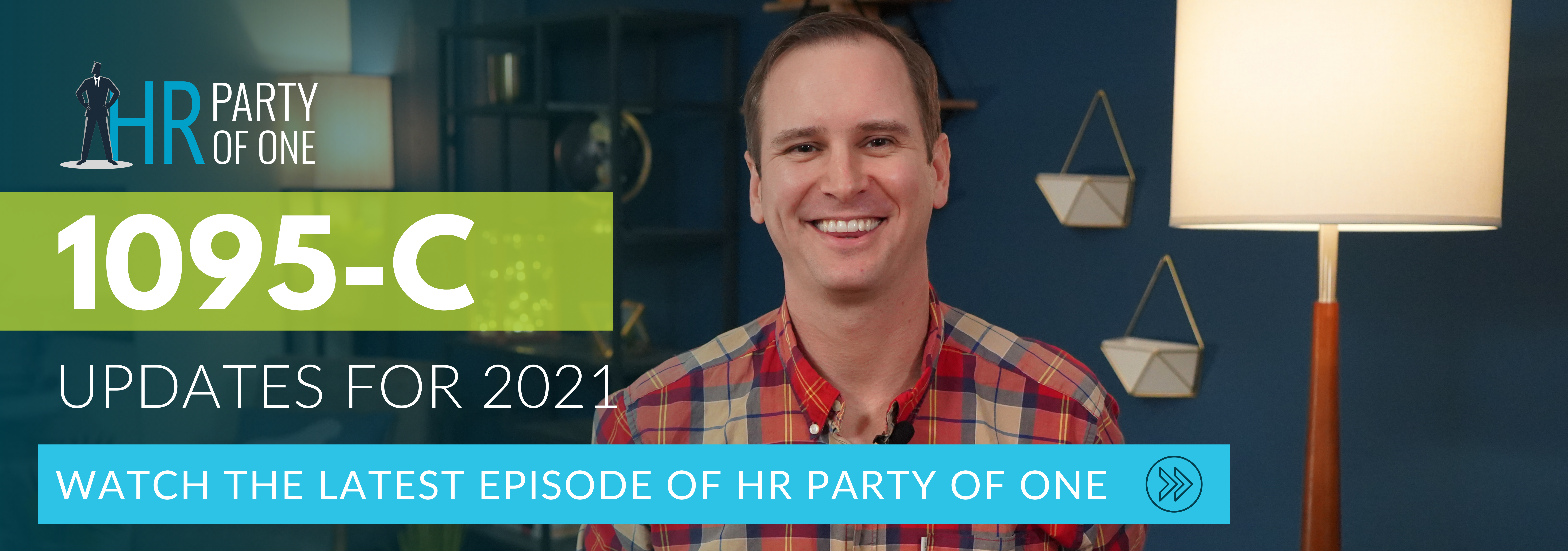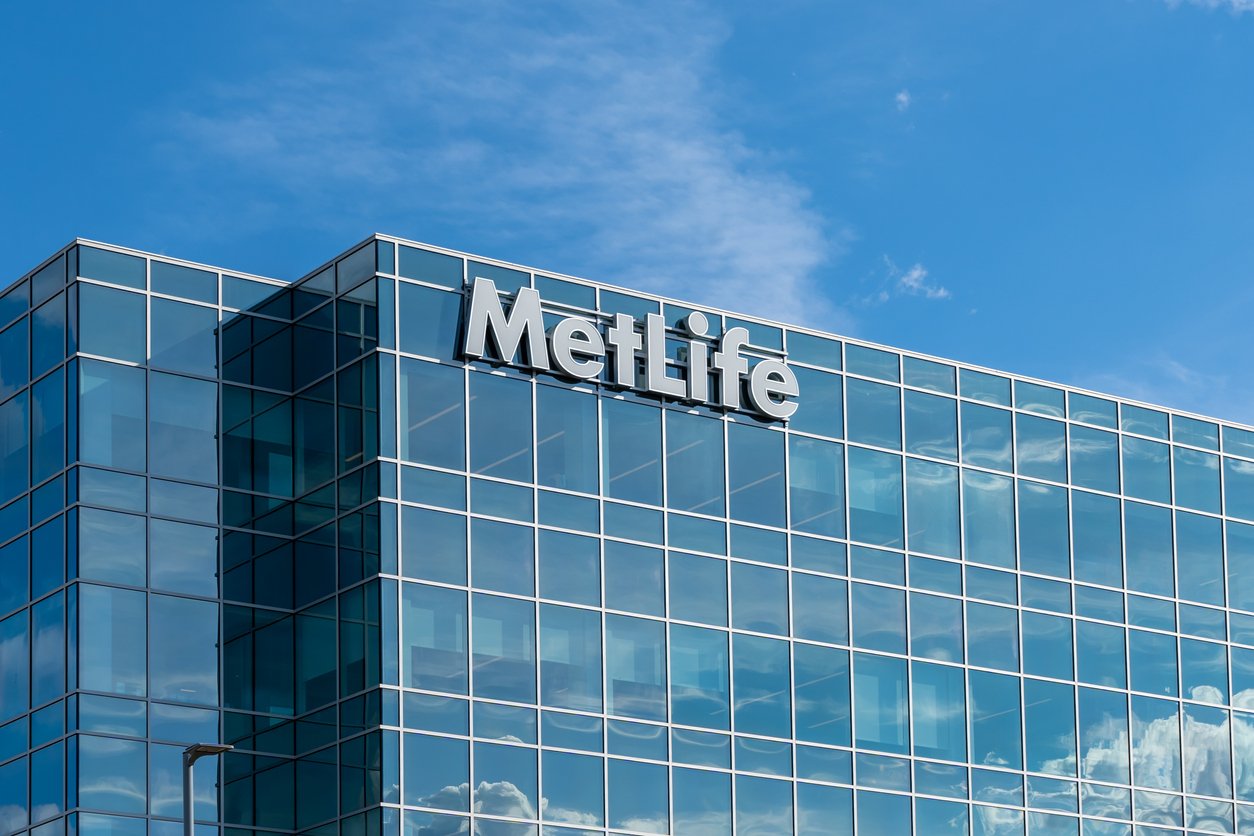Written by
Will Miranne
Will is an aPHR-certified writer on the marketing team at BerniePortal. He writes about healthcare, human resources, and benefits.
Health Insurance Carriers to Begin Mailing Out Rebate Checks

In 2021, many health insurance plans may be eligible for a rebate. Your organization may qualify if you've sponsored a fully-insured health plan in the past three years.
What other factors are impacting your chances of receiving a rebate in 2021? Find out more below.
What is Prompting Insurance Carrier Rebates?
The Affordable Care Act (ACA) maintains that insurance companies must spend a specific percentage of premiums on claims and administrative costs. If they fail to meet this criterion, they will then be required to issue rebates to all lines of business.
According to the Kaiser Family Foundation (KFF), the MLR rebates are based on a three year average. This means that insurers’ financial data from 2018, 2019, and 2020 are used to calculate the MLR for 2021 checks. Failure to reach the MLR threshold was in large part due to decreased spending on health during the pandemic. Fear of infection significantly reduced routine check up visits throughout 2020.
For the 2020 reporting period, BlueCross BlueShield of Tennessee missed the medical loss ratio (MLR) target for individual and commercial small group lines of business, and so they will begin distributing health insurance rebate checks to those policyholders and groups by this fall.
What is The Medical Loss Ratio?
According to HealthCare.gov, the 'Medical Loss Ratio', or MLR, requires insurers to spend 80 percent of all collected premiums on claims, with the remaining 20 percent put toward administrative costs, marketing, and profit. That split is somewhat more favorable for large employers at 85 percent and 15 percent, respectively. Under the ACA, if the insurer doesn’t spend the requisite allocation for their individual, small, and large group risk pools, those employers are due a rebate.
How are Rebates Determined?
There are three market segments that are analyzed when determining rebates: small group, large group, and individual. From there, it is based on state regulations and may vary by market. If it is determined that a rebate is needed, then all participants in that plan within that state and market segment are allotted a rebate.
Insurance companies are required by law to begin issuing these checks in the fall.
According to MoneyWise, “The rebates are calculated based on the share of premium revenues that insurance companies put toward health care expenses and quality improvement.”
The Department of Health and Human Services (HHS) has formulated specific instructions on how insurers are to calculate these rebates. In the simplest form, rebates are calculated by dividing the total amount spent on qualified medical claims by the premiums collected, and then subtracting any federal and state taxes from that.
Are Rebates Taxable?
According to BlueCross BlueShield, rebates are considered taxable if paid for with pre-tax dollars. They may also be eligible for taxes if you received any employee benefits by deducting them from premiums on your tax return. It is advised that you speak with your tax advisor or preparer if you have questions regarding a potential taxable rebate.
What Should Employers Do with Medical Loss Ratio Rebate Checks?
According to SHRM, The U.S. Department of Labor’s (DOL) Technical Release No. 2011-04 states that the rebate distribution is determined by who paid for the insurance coverage. As an example, if the employer paid 100 percent of the plan, then no rebate need be distributed. The opposite, however, is also true. If the participants cover the entire cost, then they would be entitled to the rebate.
According to the DOL, employers may distribute rebates in three different ways:
-
- Reduce the following year premiums of all health policy participants under the plan.
- Reduce the following year premiums of those participating in the health policy for which the rebate was based.
- Provide compensation only for those participating in the health policy for which the rebate was based.
According to BlueCross BlueShield, if a group plan is not a federal health plan, then they must distribute it in one of two ways:
-
- Reduce the following year premiums.
- Provide a cash refund.
If a group policy is subject to ERISA, then some or all of the rebate may be considered an asset of the policy. This can be used to the benefit of the participant. Participants should contact their employer for more information on how the rebate is being distributed.
Written by
Will Miranne
Will is an aPHR-certified writer on the marketing team at BerniePortal. He writes about healthcare, human resources, and benefits.
Related Posts
Younger generations are becoming more aware of the benefits of long-term savings....
If you haven’t heard about Ozempic or Zepbound yet, it’s bound to hit your radar soon!
What Is “Market Value”? Simply put, market value is how much the market at large values...







Submit a Comment